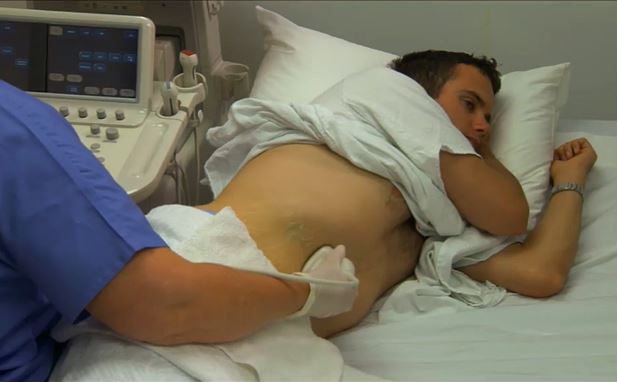

Library > Medical Professional - Ultrasound > Abdominal > Ultrasound of the Gallbladder for Medical Professionals
Try Simtics for free
Start my free trialUltrasound of the Gallbladder for Medical Professionals

Check our pricing plans here
Unlimited streaming.
This module teaches you how to prepare for and perform an ultrasound examination of the gallbladder. Including both Learn and Test modes, the online simulator offers three different scan scenarios, including normal and pathological cases, of the gallbladder and surrounding structures. Practice the steps of the procedures online as often as you want, until you feel confident.
If you are not a medical student or physician, you may prefer the other version of this module, which includes all the procedural information needed by professionals in other roles: /shop/imaging/sonography/abdominal/ultrasound-assessment-of-the-gallbladder/
You’ll learn
- to practice, perfect, and test your skills in performing an ultrasound scan of the gallbladder, bile ducts, portal triad, and extrahepatic biliary system
- to better visualize and understand the gallbladder and surrounding structures, with our 3D anatomy model
- to identify the clinical symptoms of gallbladder disease
- how to differentiate normal and abnormal sonographic appearances of the gallbladder
- how to explain and demonstrate the use of breathing techniques to obtain optimal images of the gallbladder
- much more (see Content Details for more specific information)
- Indications for ultrasound of the gallbladder
- Identify gallbladder anatomy
- Gallbladder protocol
- Transducer positions
- Scan planes
- Identify and obtain sonographic images of the gallbladder, bile ducts, and portal triad
- Identify and obtain sonographic images of the extrahepatic biliary system
- Obtain measurements of the gallbladder and related structures
- Explain and demonstrate the use of breathing techniques to obtain optimal sonographic images of the gallbladder
- Differentiate normal and abnormal sonographic appearances of the gallbladder
- List and identify common neoplasms of the gallbladder
The SIMTICS modules are all easy to use and web-based. This means they are available at any time as long as the learner has an internet connection. No special hardware or other equipment is required, other than a computer mouse for use in the simulations. Each of the SIMTICS modules covers one specific procedure or topic in detail. Each module contains:
- an online simulation (available in Learn and Test modes)
- descriptive text, which explains exactly how to perform that particular procedure including key terms and hyperlinks to references
- 2D images and a 3D model of applied anatomy for that particular topic
- a step by step video demonstration by an expert
- a quiz
- a personal logbook that keeps track of all the modules the learner has studied and how long
For more details on features and how your students can benefit from our unique system, click here.





